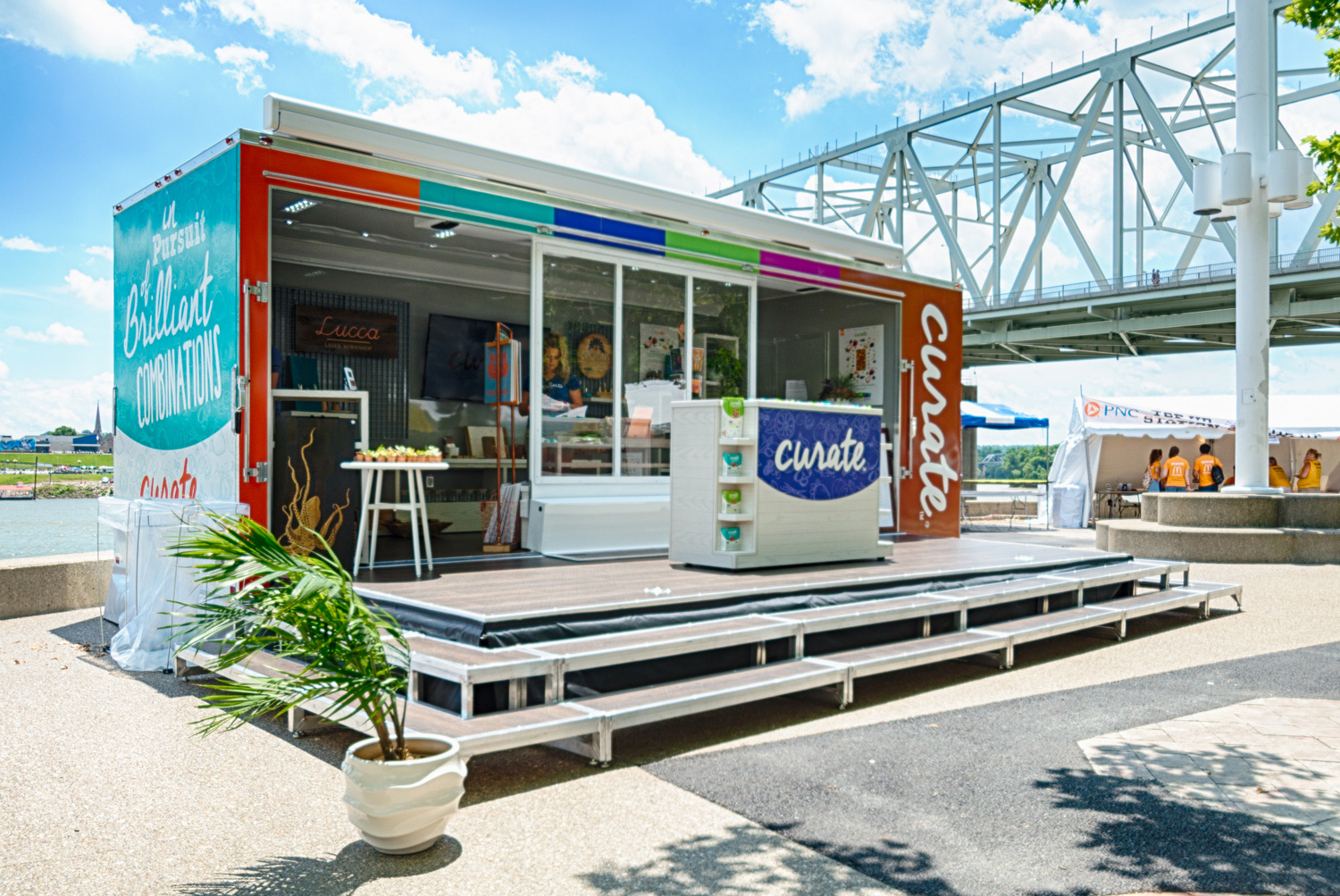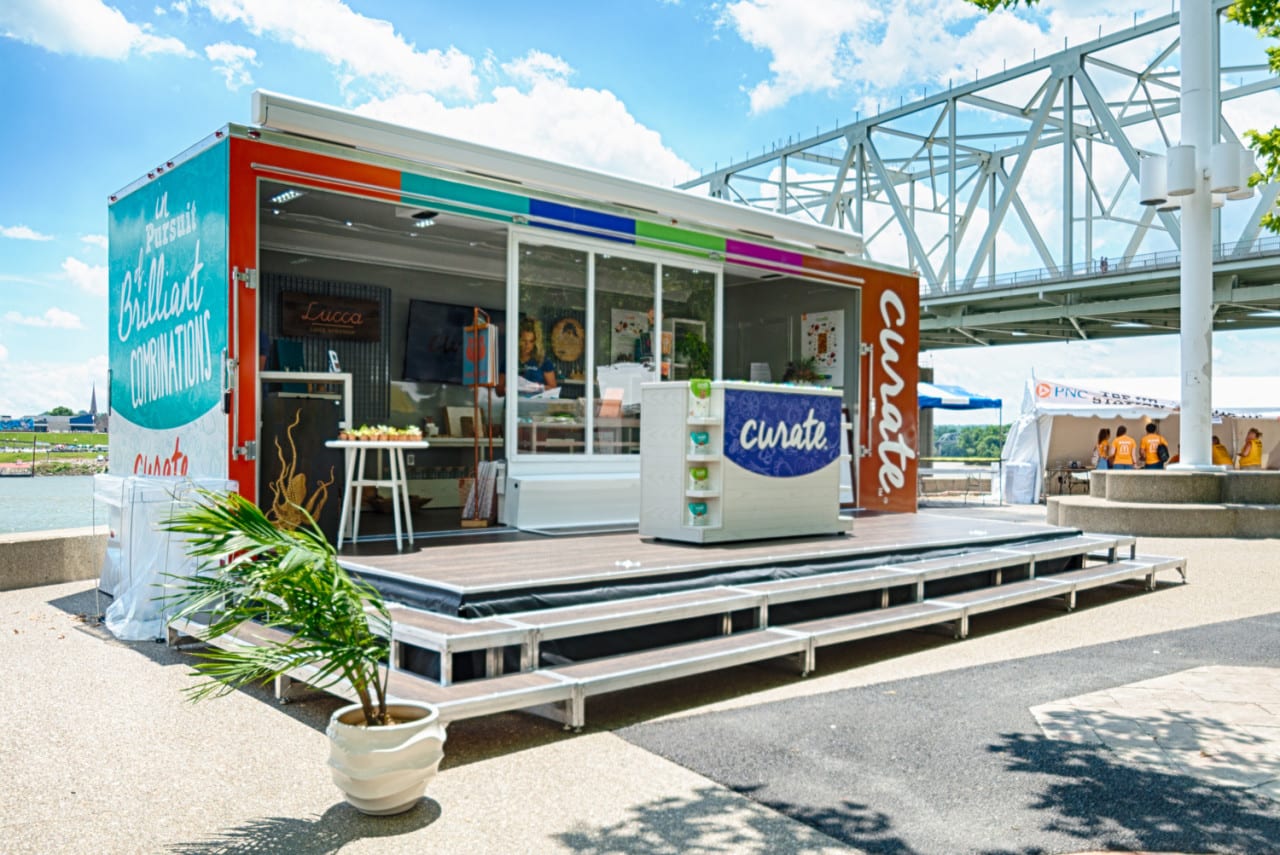 The old saying is true: You only get one chance to make a first impression. These days, we also know from experience that good branding is important and goes far beyond an eye-catching logo. While branding is definitely about the visual identity of your company it also encompasses your verbal identity: how you talk and write about the company is crucial. For your reader (AKA current/future clients), this communicates your brand personality and what your company values are likely to be, should they choose to hire you. It’s crucial to consider the physical spaces your target audience is likely to encounter your brand, in the same way we think about logos, fonts, tone, and voice.
The old saying is true: You only get one chance to make a first impression. These days, we also know from experience that good branding is important and goes far beyond an eye-catching logo. While branding is definitely about the visual identity of your company it also encompasses your verbal identity: how you talk and write about the company is crucial. For your reader (AKA current/future clients), this communicates your brand personality and what your company values are likely to be, should they choose to hire you. It’s crucial to consider the physical spaces your target audience is likely to encounter your brand, in the same way we think about logos, fonts, tone, and voice.
Perception is Reality
When marketers are first involved in brand strategy and brand identity work, they typically think about a brand’s positioning and promise. What perception do we want our target audience to have about our brand? A lot of thought and effort goes into those strategy sessions, to craft a unique brand statement that resonates with our target buyers and differentiates us from competitors.
Who are You?
Once the strategy is clear, attention turns to the visual and verbal identity – specifically logo, marks, color palettes, fonts, and templates. Some call it a brand style guide or brand guidelines, but there is typically a formal document that catalogs do’s and don’ts with respect to the visual representation of the brand in a wide array of formats. Templates are created for business cards, letterhead, sales presentations, building signage, and literature pieces.
But how often do brand guidelines cover the situations when clients and potential clients interact with your brand in a physical space?
Think about your corporate lobby: that place where you make a first impression. You must assume that a potential visitor (current client, prospect, supplier, or job candidate) has been to your corporate website. Ask yourself:
When they walk through your front door, does their first impression match their preconceived impression of your brand?
Does it match the impression you are hoping to make?
Is your intention to convey a warm, friendly, welcoming service-oriented business but your lobby is cold and sterile?
For your company, this is it. The corporate lobby is an integral chance for your visitors to physically experience your brand and all that it represents. It’s a first date of sorts.
Take it to the Trade Show
It doesn’t stop there, however. Next, let’s think about your trade show program. Exhibiting at a trade show or conference gives you the opportunity to meet clients and prospects face to face, in a mutually convenient space. You are transforming your convention hall real estate into a physical representation of your brand. This goes well beyond the signage and graphic panels where your logo is displayed, the entire structure of the booth, and the engagement you have chosen to draw people into the space. If your brand is about delivering customized, hand-crafted solutions, your space should communicate that message with a matching look and feel..
Hit the Road
Have you thought about mobile tours and events? If your customers can’t come to you, then you can bring your message straight to them. When taking your brand “on the road” either with a mobile tour or through a series of local events, these again are unique opportunities to communicate your brand identity well beyond the graphical display of your company name and logo. If your company’s image is one of southern hospitality, then sushi and techno-pop might not be the right choice.


